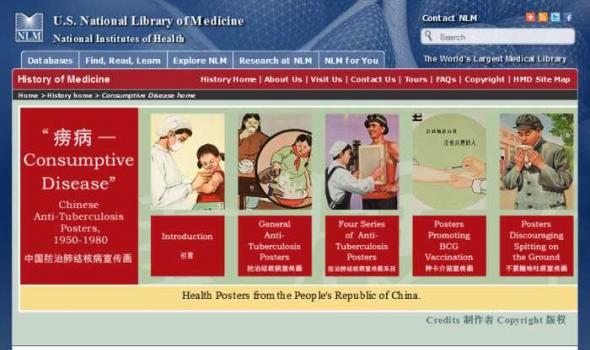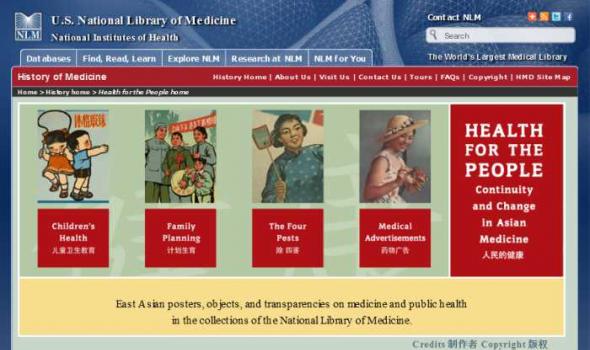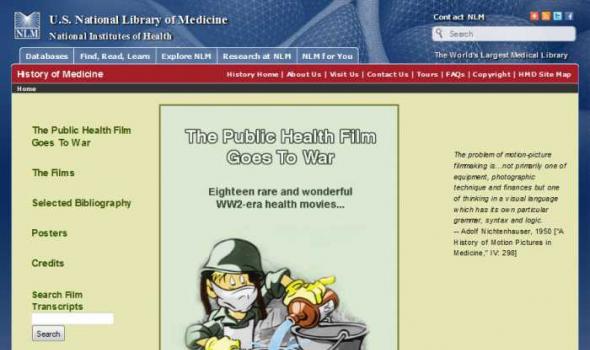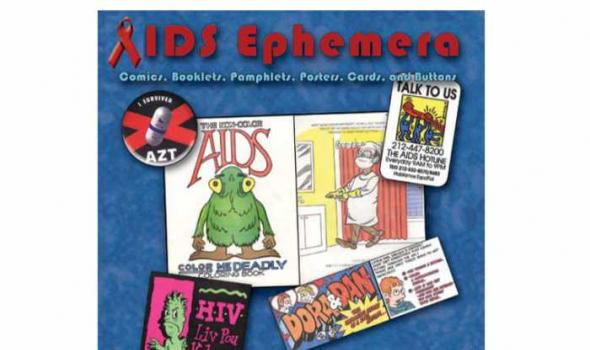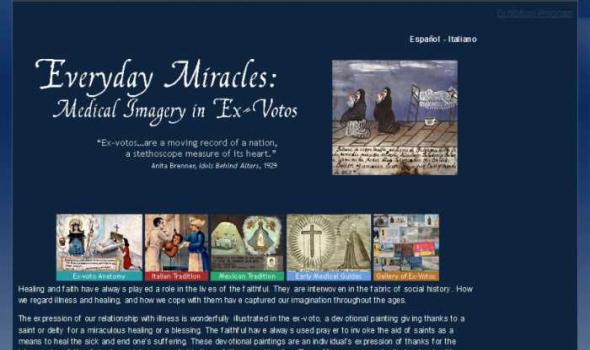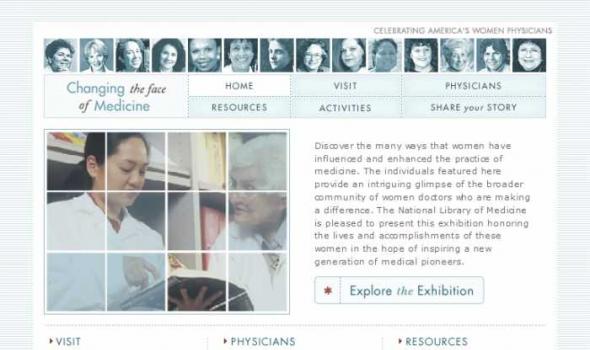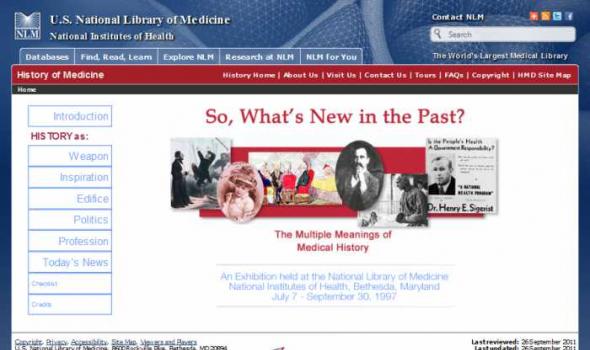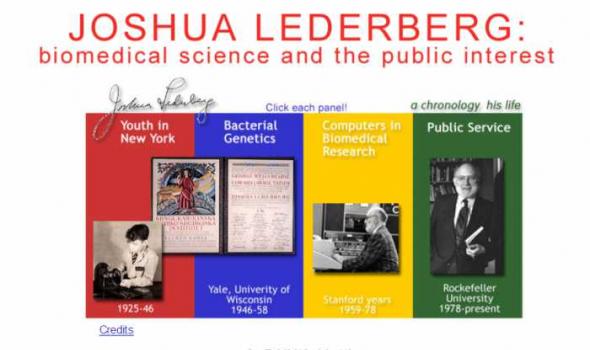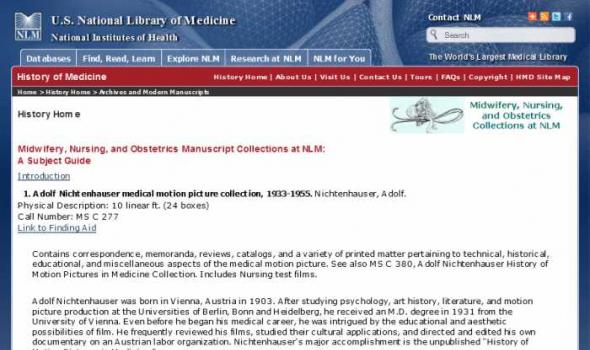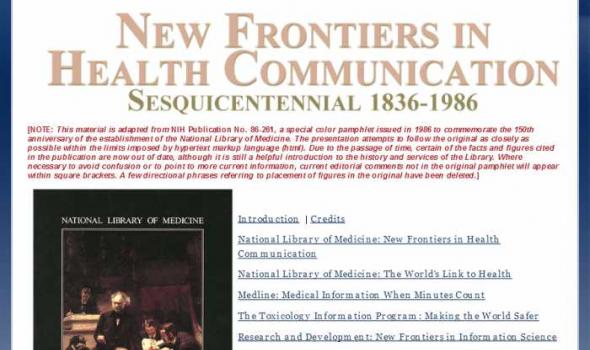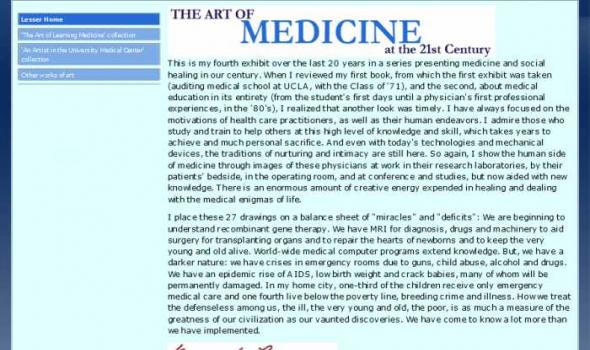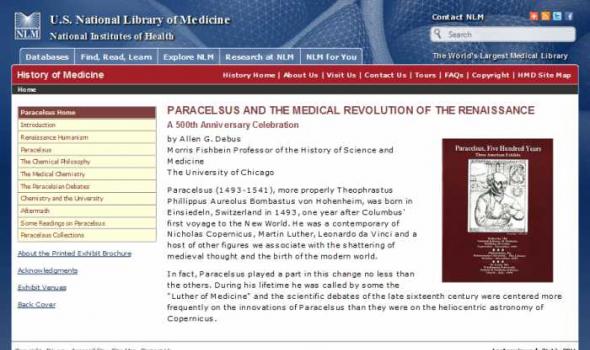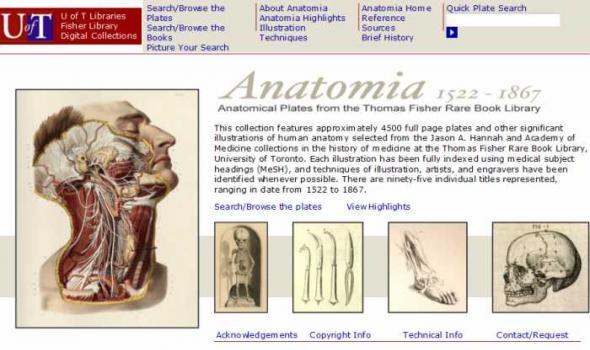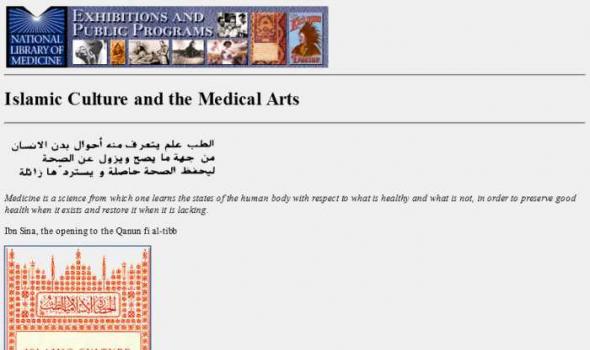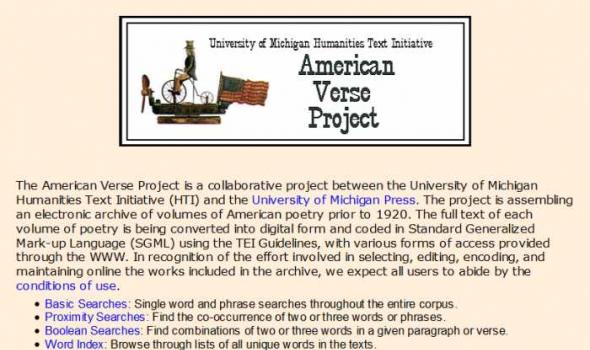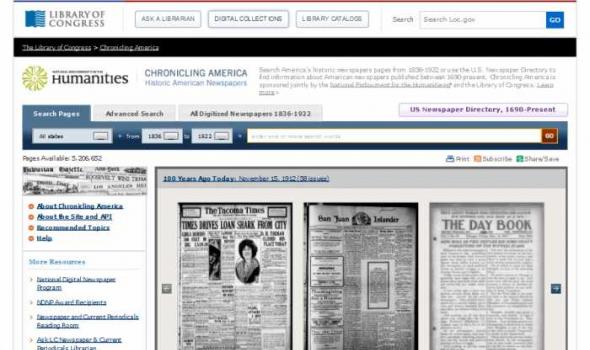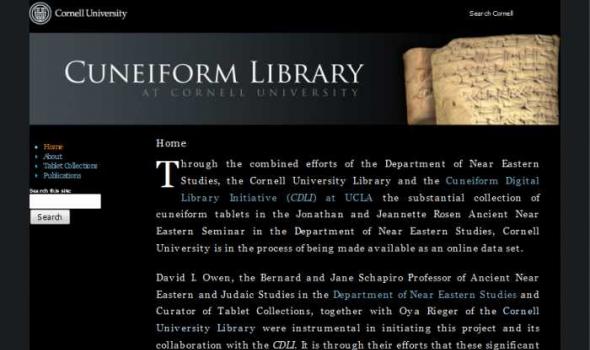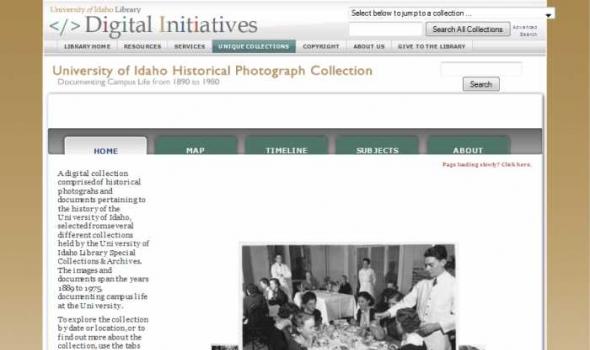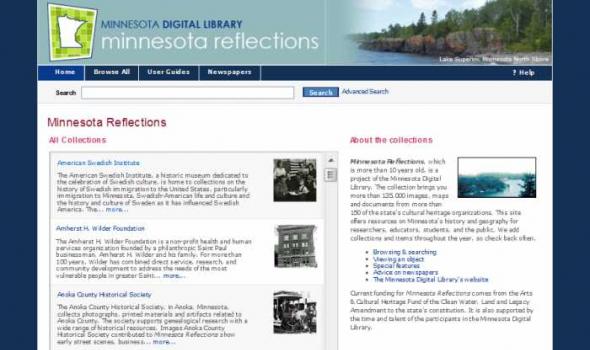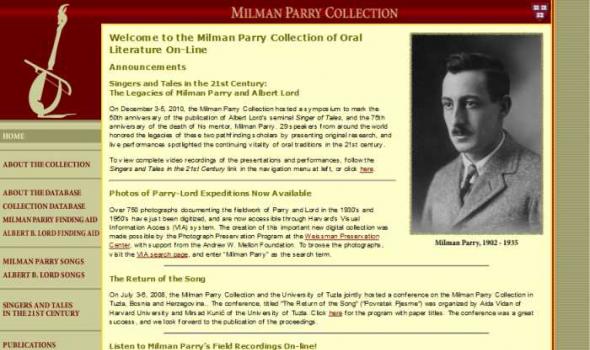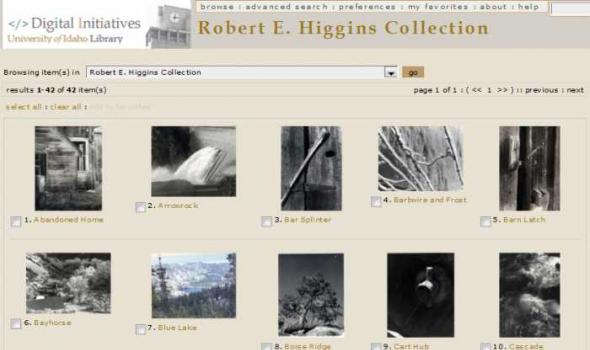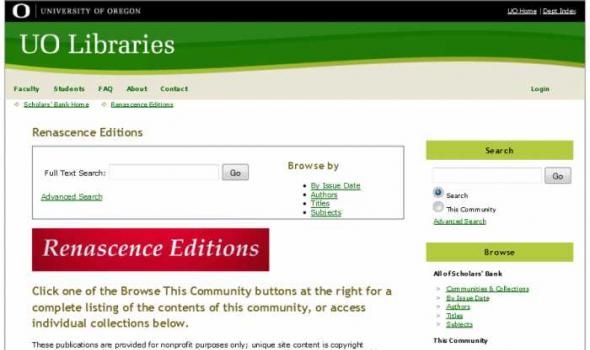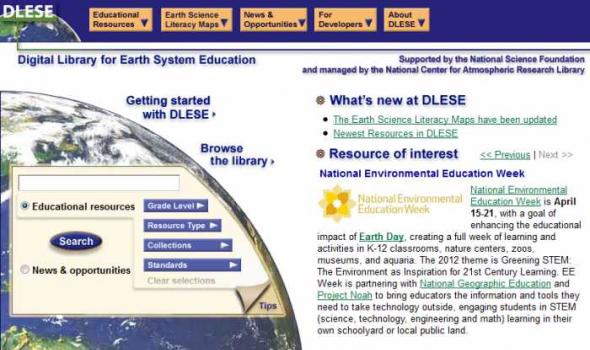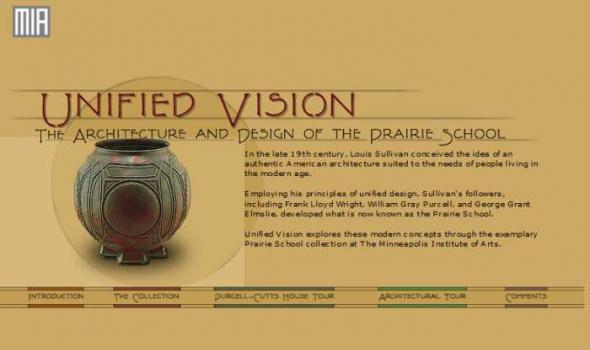Health
This online collection offers important historical perspectives on the science and public policy of epidemiology today and contributes to the understanding of the global, social–history, and public–policy implications of diseases. Contagion: Historical Views of Diseases and Epidemics is a digital library collection that brings a unique set of resources from Harvard’s libraries to Internet users everywhere. Offering valuable insights to students of the history of medicine and to researchers seeking an historical context for current epidemiology, the collection contributes to the understanding of the global, social–history, and public–policy implications of disease.
Dental Cosmos, a Monthly Record of Dental Science was the first enduring national journal for the American dental profession, and one of the most significant in the early history of American dentistry. The foundation of dental practice was documented and debated in its pages from 1859 through 1936, when it merged with the Journal of the American Dental Association , serving as a cornerstone for JADA and the model of what a successful dental journal could be. Many of these original source articles are still cited and considered classics in the field. The conversion of Dental Cosmos (1859 to 1936) from print to electronic was made possible through the generous support of the Colgate-Palmolive Company. Last update December 4, 2006.
Jon Cohen AIDS Research Collection Welcome to the Jon Cohen AIDS Research Collection. Noted Science writer Jon Cohen, has donated to the University of Michigan this collection of AIDS-related material he amassed while writing the book, Shots in the Dark: The Wayward Search for an AIDS Vaccine . Largely focused on AIDS vaccine research, the collection spans 20 years and contains conference materials, meeting agendas and minutes, promotional materials, scientific reports and numerous government materials among other forms of documentation not found elsewhere in digital form. With a generous grant from the John D.
History of Medicine Introduction 引言 Tuberculosis was one of the major epidemic diseases in 20th-century China, along with smallpox, malaria, cholera, schistosomiasis, and other epidemics. Organized efforts to fight the disease began in 1933 when the National Anti-Tuberculosis Association of China was established. From 1950 through 1980, the Chinese government launched anti-tuberculosis campaigns as part of the national public health movement. The Anti-TB Association and the Red Cross played important roles in the health education campaigns. Health posters became an important tool to disseminate health knowledge and methods of prevention and treatment. The campaigns, along with the universal free healthcare, led to a significant decline of tuberculosis.
History of Medicine Chinese medicinal compounds were recorded as early as the Han dynasty, 2,000 years ago. Beginning in the 1880s, Western companies – notably Bayer, Hoechst (now Aventis), and Eli Lilly – challenged traditional medicine with the resources of modern capitalism. In turn, Chinese companies entered the new commercial markets: the Tianjin Pharmaceutical Factory, founded in 1921, used western methods to produce and market traditional Chinese medicines. The sheets shown here advertise a mix of European and Asian products, using ideal feminine and masculine images as well as the Tian An Men (Gate of Heavenly Peace). Ads for progesterone and methyltestosterone show the appeal of potent over-the-counter hormone therapies. 21 April 2010
History of Medicine Public Health And War Public health and war have long been close companions, and maybe strange bedfellows. Starting with the Crimean War, and then the first terrible round of "modern wars" -- the American Civil War, the Franco-Prussian War and World War I -- military officials and civilian leaders called on health professionals and volunteers to help mobilize and protect military forces and civilian populations. Health professionals and volunteers, in turn, viewed war as an opportunity to test and implement their theories, as an opportunity to use newly discovered knowledge and newly invented technologies -- and eagerly jumped on war bandwagons to advance their professional, scientific, political and ideological goals.
History of Medicine The tragedy of the AIDS epidemic brought about an outpouring of items, intended to educate the public about the disease and its consequences. Starting in the early 1980s—AIDS was first identified in 1981—the initial response to the disease generated ephemeral public health materials, such as buttons, posters, cards, comic books, and even lunch boxes. Since AIDS was both incurable and invariably fatal, these messages of prevention were the only effective steps that public health officials could take. Produced by government health departments as well as private organizations, these ephemeral objects became an important medium for messages of awareness, prevention, compassion, and responsibility.
History of Medicine Español - Italiano Healing and faith have always played a role in the lives of the faithful. They are interwoven in the fabric of social history. How we regard illness and healing, and how we cope with them have captured our imagination throughout the ages. The expression of our relationship with illness is wonderfully illustrated in the ex-voto, a devotional painting giving thanks to a saint or deity for a miraculous healing or a blessing. The faithful have always used prayer to invoke the aid of saints as a means to heal the sick and end one's suffering. These devotional paintings are an individual's expression of thanks for the intercession of the divine in a crisis, a snapshot in time of illness and healing.
History of Medicine Charlotte Perkins Gilman writing at her desk, ca. 1916-1922 Dr. S. Weir Mitchell, author and physician, 1906 Charlotte's doctor, nerve specialist Dr. S. Weir Mitchell, had built an eminent medical career working with soldiers injured during the Civil War. He then focused on the treatment of women with nervous exhaustion, devising a “rest cure” in which the patient was not allowed to read, write, feed herself, or talk to others.
History of Medicine John Ballard Blake, Ph.D. Historian John Blake made significant contributions to the field of medical history. He was educated at Yale, BA, 1943, with Honors in History, Harvard, MA, 1947, and Ph.D., 1954, in American history. He was among the first generation of historians of medicine to come out of history departments, rather than clinical medicine, and he helped integrate the subject into the broader field of social history. His interests were primarily the history of public health in America and women’s history. His books and articles dealt with public health in 18th and early 19th century Boston, medicine in colonial America, and women and medicine in 19th century America.
History of Medicine Introduction The National Library of Medicine has recently acquired a large collection of Chinese Public Health materials, about seven thousand items produced from early 20th century to the year of SARS. The collection has a wide range of media presentations: posters, health newsletters, health newspapers, paintings, pharmaceutical advertisements, calendars, children's chess games, jigsaw puzzles on health topics, playing cards on SARS, lantern slides, negatives, photographs, and health award certificates, as well as books and journals. These materials present rich visual representations of public health concerns which were closely tied to the political, social, economic, and even military engagements of China during different time periods.
The Threat Throughout the last three thousand years, smallpox has shadowed civilization. A viral infection, the disease spread along trade routes, emerging first in Africa, Asia and Europe and reaching the Americas in the sixteenth century. Because smallpox requires a human host to survive it tended to smolder in densely populated areas, erupting in a full-blown epidemic every ten years or so. Wherever it appeared, the legacy of smallpox was death, blindness, sterility and scarring. While some medical practitioners claimed to cure smallpox, most medical traditions focused on prevention.
Discover the many ways that women have influenced and enhanced the practice of medicine. The individuals featured here provide an intriguing glimpse of the broader community of women doctors who are making a difference. The National Library of Medicine is pleased to present this exhibition honoring the lives and accomplishments of these women in the hope of inspiring a new generation of medical pioneers. This exhibition at the National Library of Medicine closed on November 19, 2005. Its traveling exhibition itinerary is available online. Please refer to "On Exhibit at NLM" on the Library's home page for information on the current exhibition on display at the Library. Perform your own customized database search to learn about the woman physicians featured in this exhibition.
History of Medicine Exhibition Introduction This online exhibit is designed to introduce you to the history of images used in public health posters in the twentieth century. It utilizes the world's largest collection of poster art dealing with questions of health in the United States, housed at the National Library of Medicine. Many of these images can also be viewed through the Images from the History of Medicine (IHM) homepage. The exhibit is divided into two sections that focus on infectious diseases and environmental health concerns, revealing how posters provide an effective medium for communicating information about disease, identifying risk factors, and promoting behavioral change.
History of Medicine Introduction The history of medicine tells different stories and different truths depending on the questions we ask and the concerns we raise. That's why there is always something new in the past. This exhibition explores some of the multiple meanings people have found in the history of medicine within the United States. We see how, during the last two hundred years, the history of medicine has been created and used as weapon, as inspiration, as edifice, as politics, as profession, and as today's news. Physicians have used medical history to increase their understanding, to unify their profession, to develop a vision of the future of medicine, and to provide better medical care to their patients. History is like a kaleidoscope.
History of Medicine America's Tea Craze . . . from a medical standpoint, our preference is emphatically for coffee. Contrast the vigorous, refreshing odor and flavor of a good cup of coffee with the delicate and insipid taste of even a high grade tea; contrast the clear complexion and physical aspect of the individual whose morning meal is a bowl of diluted coffee and who takes his after-dinner cup, with the nervous, emaciated, habitually constipated dyspeptic whose "eye-opener" and "night cap" is tea, and all reason for argument as to our preference ends . JAMA. 1897 Nov 6;29(19):972 , , , , U.S.
Medieval Islam Islamic cultures are among the most interesting, complex, and dynamic in the world. At the same time, they are among the least known in the West. From its dramatic rise in the seventh century A. D. to the present, Islamic civilization has covered a large part of the globe, incorporating many subcultures and languages into its orbit, and vigorously engaging the peoples around it. Medicine was a central part of medieval Islamic culture. Disease and health were of importance to rich and poor alike, as indeed they are in every civilization. Responding to circumstances of time and place, Islamic physicians and scholars developed a large and complex medical literature exploring and synthesizing the theory and practice of medicine.
History of Medicine Bacterial Genetics: 1946-58 His inquisitiveness, facility for establishing connections between scientific disciplines, and grasp of institutional strategy led Joshua Lederberg to the forefront of successive advances in science: molecular genetics in the 1940s and 1950s; the search for extraterrestrial life in the 1950s and 1960s; computers and artificial intelligence in the 1960s and 1970s. His discoveries in genetics produced a deeper understanding not only of the biochemical mechanism of inheritance and mutation in microorganisms, but of the evolution of diseases, the causes of drug resistance, and the possibilities of genetic engineering and gene therapy.
History of Medicine Introduction This guide describes the modern manuscript collections concerning Nursing, Midwifery and Obstetrics found in the History of Medicine Division. These collections include lecture notes on midwifery, records of nursing schools and associations, and the correspondence and personal papers of persons involved in the fields of Nursing and Midwifery. Persons mentioned include Francis Henry Ramsbotham and James Young Simpson. A majority of the collections are dated from the nineteenth and twentieth centuries, although there are several collections from the eighteenth century. Subjects are listed alphabetically with an index of terms. Brief descriptions include author of collection, physical description, and call number.
History of Medicine Instruction in Surgery. Five physicians and their colleagues in the surgical amphitheatre of the Massachusetts General Hospital watch as the anesthetist administers ether to a patient who is about to have surgery. This illustration appeared in an 1889 issue of Harper's Weekly . The National Library of Medicine was originally established 150 years ago, in 1836, as the Library of the Army Surgeon General's Office. Perhaps the key event in the library's history occurred in 1865, when Dr. John Shaw Billings became director. For the next 30 years he worked tirelessly to expand the library's holdings and open it as a source of biomedical information for all physicians.
History of Medicine Home > History Home > Lesser Home This is my fourth exhibit over the last 20 years in a series presenting medicine and social healing in our century. When I reviewed my first book, from which the first exhibit was taken (auditing medical school at UCLA, with the Class of '71), and the second, about medical education in its entirety (from the student's first days until a physician's first professional experiences, in the '80's), I realized that another look was timely. I have always focused on the motivations of health care practitioners, as well as their human endeavors. I admire those who study and train to help others at this high level of knowledge and skill, which takes years to achieve and much personal sacrifice.
History of Medicine Introduction This exhibit [and accompanying brochure] highlight the joint observance of the 500th anniversary of the birth of Paracelsus by three American medical libraries -- The Hahnemann University Library, The National Library of Medicine, and The Washington University Medical Library (St. Louis). It has been prepared to accompany the special exhibits which, along with lectures and other programs, are being organized at these libraries. The intent of the various events is to celebrate as well as to explain the contributions of this major Renaissance figure, especially those in medicine, chemistry, and pharmacy.
What’s Cooking Uncle Sam? An Exhibition at the National Archives through January 3, 2012 Food. We love it, fear it, and obsess about it. We demand that our Government ensure that it is safe, cheap, and abundant. In response, Government has been a factor in the production, regulation, research, innovation, and economics of our food supply. It has also attempted, with varying success, to change the eating habits of Americans. From the farm to the dinner table, explore the records of the National Archives that trace the Government’s effect on what Americans eat.
This collection features approximately 4500 full page plates and other significant illustrations of human anatomy selected from the Jason A. Hannah and Academy of Medicine collections in the history of medicine at the Thomas Fisher Rare Book Library, University of Toronto. Each illustration has been fully indexed using medical subject headings (MeSH), and techniques of illustration, artists, and engravers have been identified whenever possible. There are ninety-five individual titles represented, ranging in date from 1522 to 1867.
DIGITAL COLLECTIONS About the Collection The Kornhauser Health Sciences Library History Collections house a valuable body of historical manuscripts documenting the evolution of medical training and health care practices in Kentucky during the nineteenth and twentieth centuries, including the history of medical and health sciences schools in Louisville and the surrounding region. It is made up of several collections held by the library. Materials include class photographs and related images associated with the Louisville General Hospital School of Nursing, University of Louisville School of Dentistry, and University of Louisville School of Medicine, as well as early medical school catalogs listing students for each session.



